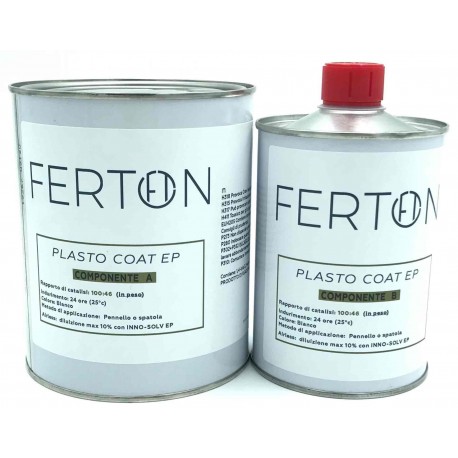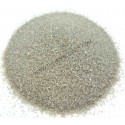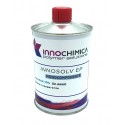No products
Product successfully added to your shopping cart
There are 0 items in your cart. There is 1 item in your cart.
PLASTOCOAT Polystyrene vitrification
New product
- Remove this product from my favorite's list.
- Add this product to my list of favorites.
Glazing thixotropic resin for polystyrene (polyester) which makes structures resistant to impact and atmospheric agents. Easy to apply indoor and outdoor systems that can be painted. Application of the product by brush, shaving or spray (after dilution).
10 Items
In magazzino
By buying this product you can collect up to 3 loyalty points. Your cart will total 3 points that can be converted into a voucher of 1,20 €.
More info
Paintable thixotropic resin for the vitrifying treatment of polyester (polystyrene), which creates a film that makes the surface resistant to impact and atmospheric agents.
Two types of product are proposed with different characteristics that are better suited to different uses. Available in the EP (epoxy) and ASP (polyaspartic) versions, the former is mainly recommended for surfaces, structures, artifacts or objects that are mainly found in closed environments; while the ASP version is recommended for outdoor use where the polystyrene is permanently exposed to the most extreme weather conditions. This product offers all the advantages of polyurea, but with the possibility of being applied with a brush.
For spray applications with suitable bi-mix guns it is necessary to dilute the product with max 10% of INNO-SOLV EP.
For formats in larger quantities, contact by email.
RECOMMENDATIONS FOR USE
At least 3 brush coats (about 1 mm thick) are required to obtain an adequate final thickness. Do not wait more than 24 hours between coats and do not apply before 4 hours (at room temperature 25°C).
To give greater mechanical resistance and create more body and thickness [less final material consumption], apply the first coat loaded with 0.3-0.5 quartz sand to be added, after mixing parts A and B, with a maximum of 10% on the weight of part A only.
[Ex.: 50g of component A to be catalyzed with 15g of B and after mixing, add 5 g of sand.]
The compound obtained can be applied by shaving with a notched trowel. Lightly sand with P80 or P120 grit before proceeding with the application of an unfilled second coat.
In case of prolonged storage at low temperatures, component A can become thicker than necessary. To liquefy the component, keep the package at a temperature of 25-27 °C for the time necessary before use. If the product is crystallized, return the compound to normal fluidity by keeping it at 60°C (bain-marie or hair dryer) for the necessary time (no presence of solid bodies).






